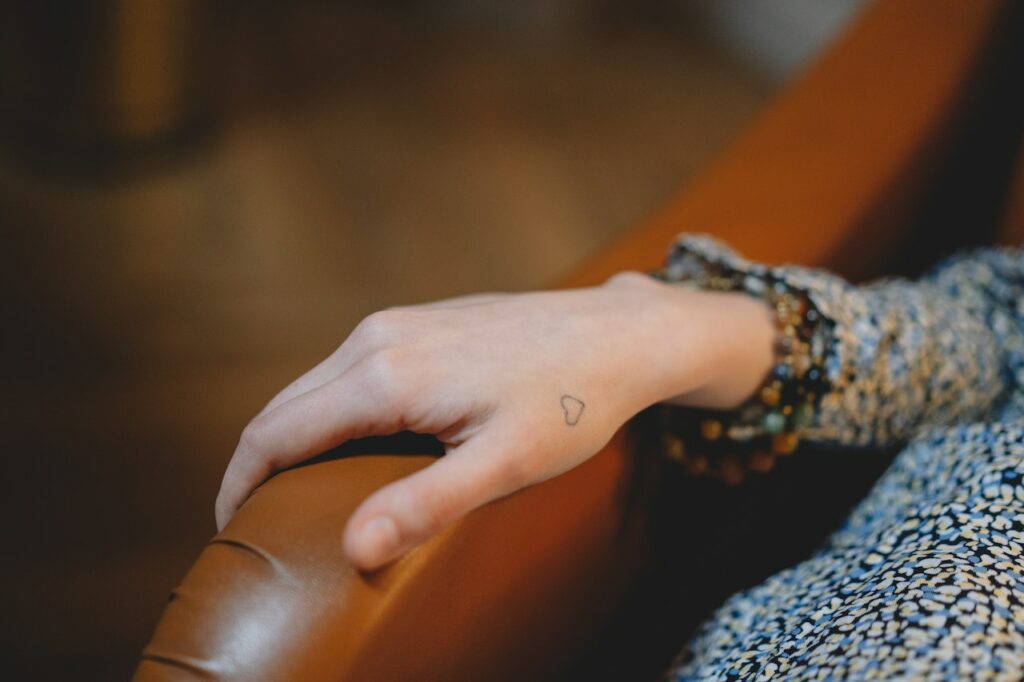Laser tattoo removal has changed a lot over the years, but the removal process still depends a lot on the tattoo itself. In this blog post, we discuss some of the things that can have an impact on how long it takes to “fully” remove a tattoo.
Laser Tattoo Removal Takes Time
Even for small tattoos, the process takes time. This is because each session will target some of the ink, and then you need to wait approximately 12 weeks for the skin to heal and for the body to metabolize the ink particles and carry them away. While larger tattoos or those with more ink in general will take more sessions (and longer sessions) to remove, even small tattoos will likely take a year or more between your first and final session.
Age and Quality of The Tattoo Make a Difference
In general, older tattoos can be removed more easily, because the ink has started to fade and the skin is fully healed from the tattoo process. A well-made tattoo will have the ink at a very stable level in the skin, while a more amateur tattoo may have varying depths, which can impact how easily the ink is removed. As amateur stick-and-poke tattoos continue to grow in popularity, it’s important to note that even with the smaller amount of ink that they typically use, they may be just as difficult to remove as a larger/more boldly linked professional tattoo.
Some Colors Can Be Removed More Easily Than Others
All colors of ink can be removed, but some may be more stubborn than others. It’s counterintuitive, but black ink is some of the easiest to remove—this is because the contrast is easy for the laser to “see” the ink. Paler inks with smaller particles, like yellow, can be some of the hardest to remove. If your tattoo is in a highly visible location, this means it probably won’t fade evenly, and you may not like the way it looks at certain points in the removal process.
Consider Full Removal vs. Partial Removal + Coverup Tattoo
There are many reasons why you might want to not have a tattoo at all—but for many people, the issue is the specific tattoo that they are having removed. If this is the case, especially with a large, full-color tattoo, you may want to consider several sessions of laser removal to remove the boldest inks, and then get a new tattoo as a coverup. The darker the ink in your old tattoo, the darker a tattoo artist will have to go to cover it up, so partially removing it can give your tattoo artist a lot more flexibility in their design and color choices.
Want to learn more? Check out our gallery of tattoo removal images and learn more about the process. To get a personalized assessment of the removal process for you, schedule a consultation with us!
